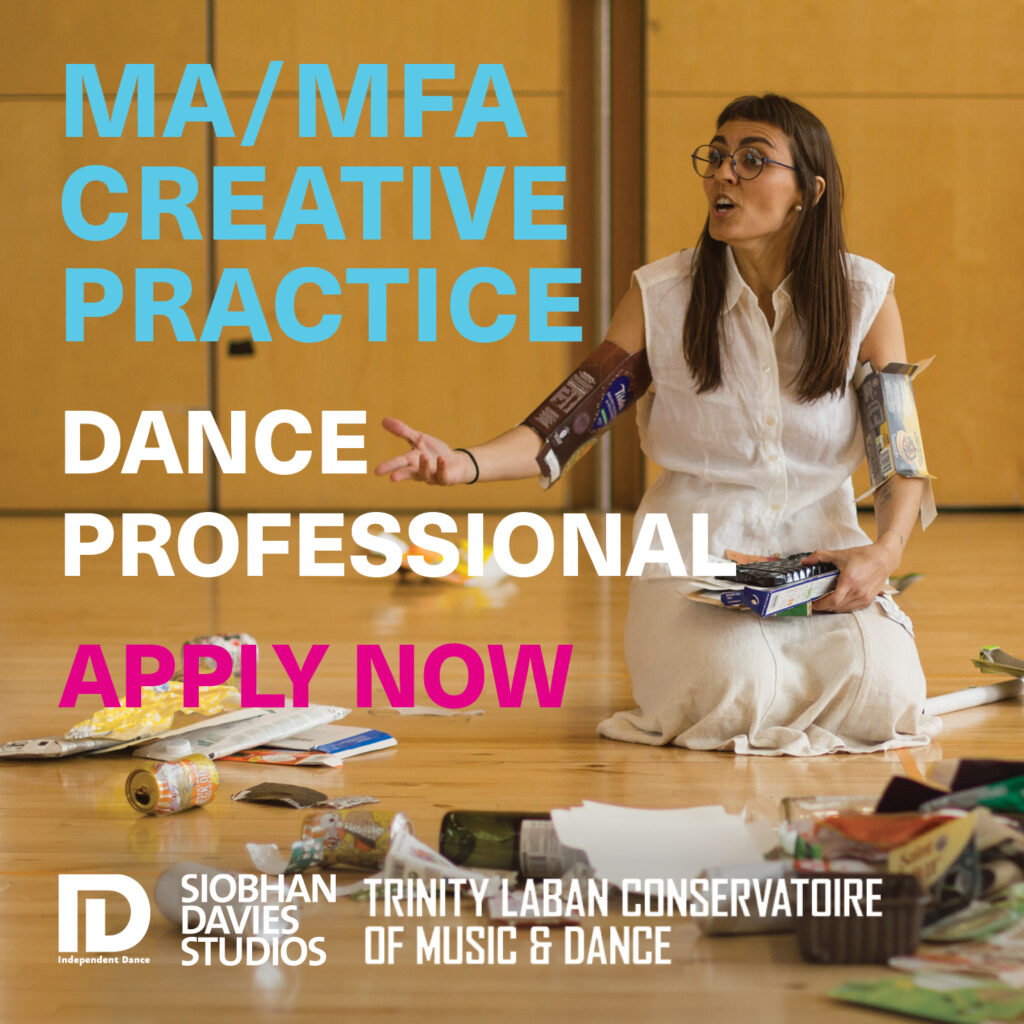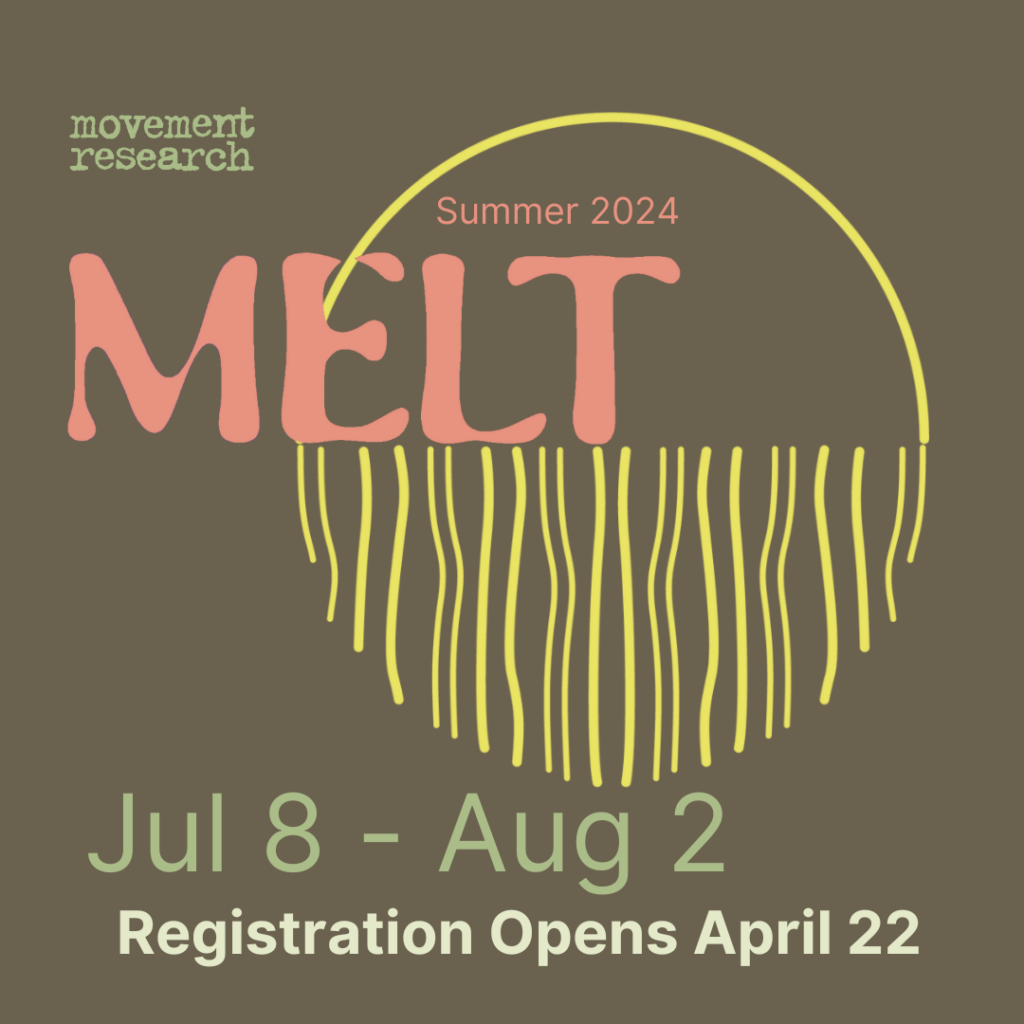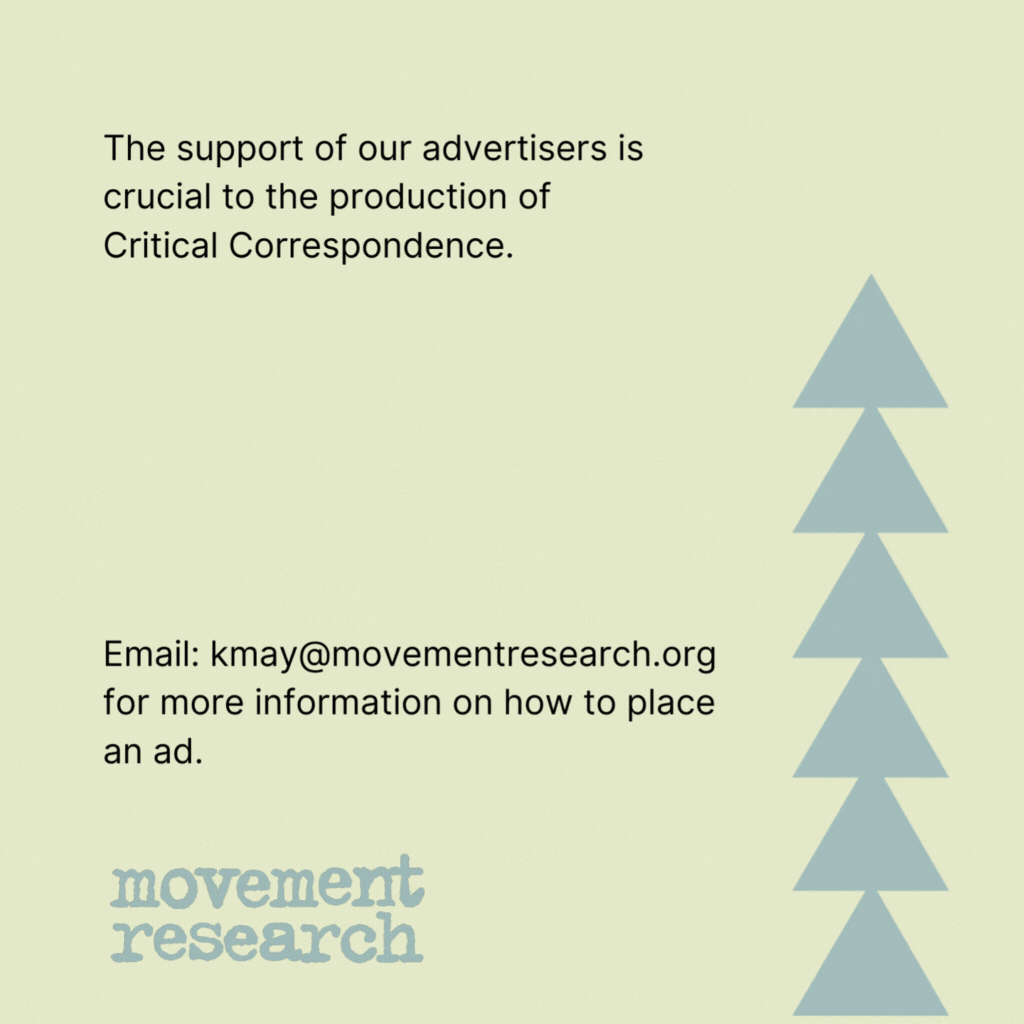Critical Correspondence: Do you consider yourselves artists or cultural organizers or both or something else?
Perypezye Urbane: We proudly define ourselves as both, and as that we try to shape a more complex cultural attitude involving creativity and business skills, which are still hard to be accepted in Italy.
CC: When and why did you decide to create an organization to house your projects?
PU: It was six years ago, namely 2005. We were motivated to elaborate on our artistic point of view and politically to give a contribution to our community.
CC: What was the first project that you initiated together?
PU: As artists we produced a video completely staged in urban scenarios. As cultural managers, our first important project was the first edition of the Solo in Azione Festival.
CC: How did you determine the scope of Perypezye Urbane? Is it modeled on other organizations in Europe? How is it different from the other organizations in Milan? In Italy?
PU: As a committed media collective and a cultural organization, our mission is to foster research in both visual and performing arts, focusing particularly on all possible web connections. We are definitely inspired by the EU agenda, that’s why we are interested in sharing a networking philosophy built around the idea of community building and sustainability. We also created a web TV called Studio28 TV. We are a cross-media organization, maybe the only one in our country so truly engaged on so many different fronts. The Italian Ministry of Culture has acknowledged the web TV project – a great success! Up to now, we are the only organization in Italy promoting the virtual mobility of artists and art works, and we are planning an online streaming dance season.
CC: What is your interest in curating and hosting dance/performance?
PU: To give another perspective on dance and technique tendencies. For example the Solo in Azione Festival is an engaged and committed approach to the act of dancing: the focus is on relieving the dancer of any learned academic dance forms and of any expectations. We’re trying to explore a more thoughtful attitude towards dance and by that pushing for more individual dance mastery. In Milan dance is always about “being at the top” or being spectacular and is still too influenced by big artists’ techniques.
CC: Who is the community of artists and audiences that you work with in Milan?
PU: In Milan there’s no real community, it is difficult creating a network within the same town: we want to contribute to build a more connected dance scenario. Our audience is not only dance-oriented, but also curious and coming from different backgrounds.
CC: When and how did you get acquainted with the New York Dance scene? What attracted you to the work?
PU: Our interest in the NYC dance scene started through a workshop we took in Milan at the TILT dance school, which was led by Jeremy Nelson. We truly experienced a completely different approach to a class for technique and a different perception of movement itself. Then we were exposed to the scene by watching performances during a stay in NYC. This was thanks to an Italian scholarship, which allowed us to attend Movement Research classes. That was a revelation for us because, together with the educational aspect, we also had the chance to explore the artistic aspect! We were already pretty tired, and now definitely fed up, with the European dance scene because some famous choreographers’ techniques mostly mark the trend and there is no real personal inclination for artistic exploration (of course there are exceptions, though very few). In the NYC scene there is a more sincere attitude towards research, to be more precise there’s a more peculiar personal attitude, which creates a clear authorial style.
CC: How did all of these projects involving video and the web develop? Does video dance have a special role in the Italian dance world?
PU: We personally were, and still are, interested in video-dance from the very beginning because of our meeting with Lutz Gregor, a video-maker artist. As for the Italian scene it is quite normal for a dancer making a video dance work and there’s a really important Video-dance festival, which takes place in Naples. The web thing was also really inspiring and we created a piece which takes place completely online, the name of it was Og-web I?
CC: What is the affect on the Milan community since you’ve initiated your activities?
PU: Quite good, great enthusiasm since we are the only one spreading political ideas about culture and there’s a lack of information between artists, which we try to fufill through the web tv’s activities. We were also the first young organization paying for artists’ work! And we are always there: we are not the kind of organization which is persistently present ONLY during its peculiar event and accordingly at a specific period of time. We are really engaged throughout the year.
CC: What are the challenges in running your organization(s) and space?
PU: Being honest with artists, creating and developing projects inspired by the European agenda and linked to our region’s needs. It is also stimulating because you are so free to create whatever you want, with no compromises.
CC: What do you find to be especially Italian, culturally/theoretically/visually in your contemporary circle?
PU: Contemporary art in Italy is astonishingly more open and very risky in spite of a wide historical art tradition. The dance thing is quite problematic: it is contemporary to the specific technique of a particular choreographer who happens to be cool during a period of time. And of course this is quite confusing because everybody tends to move quite the same on stage, and accordingly it is difficult to watch the real “you” exploring or developing a personal quality of movement. Therefore contemporary dance in Italy is not really connected to the idea of research and actually the few dancers who make research tend not to be labeled as dancers, or these dancers try to change the terminology sometimes by preferring not to use the word “dance” for example. This is funny that it comes to that, because in the USA there’s not this kind of problem: you use the word “dance” anyways.
CC: You have mentioned that EU funding mostly goes to organizations instead of individuals because they can benefit the larger community. While there is a system in place like that in the US there is also a strong push for the individual artist to go after funding…maybe NOT GET ANY, but go after it. Does the allocation of funds to organizations create some kind of aesthetic value in the artistic work that is created?
PU: EU funds are not really dedicated to dance productions. EU funds are more inclined to grant cultural “projects”, so that that kind of risk doesn’t exist. We believe that an aesthetic value is involved in the “circuit” phenomenon. Circuits try to push a particular taste in dance. If you are in, you are in, otherwise you’ll always be out. That’s why we don’t feel to be part of any circuit and we try to push dancers to establish more dynamic relations with cultural operators and festival managers, in order to become emancipated and follow their own research.
CC: Where did you get the egg-shaped trash can in you space?
PU: A trade-fairy focused on affordable economics trends.






